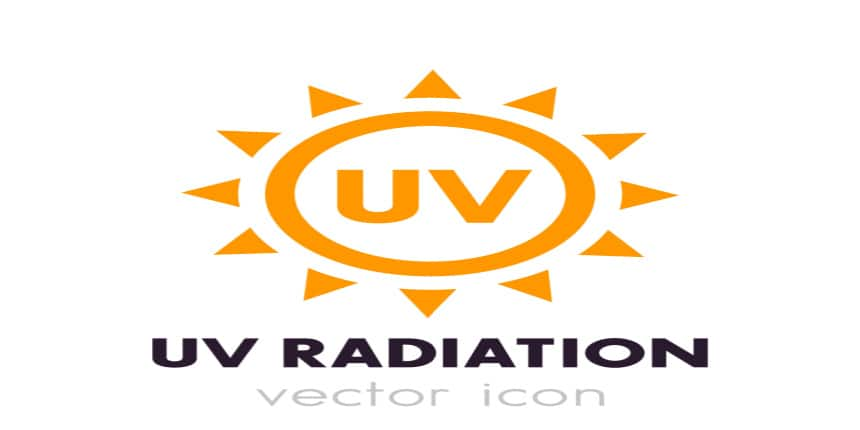UV Full Form
The full form of UV is the Ultraviolet.The wavelength of ultraviolet (UV) radiation ranges from 10 nanometers (nm; corresponding frequency: 30 PHz) to 400 nanometers (nm; corresponding frequency: 750 THz), which is shorter than the wavelength of visible light but longer than the wavelength of X-rays. Sunlight contains UV radiation, which makes up around 10% of the Sun's overall electromagnetic radiation output. Electric arcs, Cherenkov radiation, and specialty lights like mercury-vapour lamps, tanning lamps, and black lights can also create ultraviolet radiation. Long-wavelength UV may trigger chemical reactions and make many things light or fluoresce even though it is not thought of as ionising radiation since their photons lack the energy to ionise atoms.

UV Full Form
UV stands for ultraviolet. UV light is a kind of electromagnetic radiation with a wavelength of 10 to 400 nm, which is shorter than the wavelength of visible light but longer than the wavelength of X-rays. They are present in sunlight and provide 10% of the light that the sun produces.
UV Waves Properties
One type of electromagnetic radiation that the Sun emits is ultraviolet, which is dispersed as waves with a certain frequency and wavelength. The properties of UV waves are as follows.
Thick clouds can block UV radiation. In clinics and laboratories, UV light is used as a disinfectant. The near-ultraviolet is closest to visible light, and the far-ultraviolet exists between UV near and extreme areas. Uv light wavelength ranges between 1 x 10-8m and 4 x 10-7m. Uv light wave frequency is between 7.5 x 1014Hz and 3 x 1016Hz.
UV Discovery
The discovery of UV radiation is one intriguing tale. In the 1800s, a guy by the name of Johann Ritter made an attempt to prove the existence of waves outside of the visible spectrum. It was well-known and accepted that blue light made it easier for photographic film to become black than red light. Ritter exposed the film to light beyond violet, and as predicted, the colour of the film altered. This provided evidence of UV radiation.
Use of UV rays
UV lamps produce enough light to kill the bacteria. In hospitals, UV lights are used to sterilise surgical supplies. In the pharmaceutical industry and for the treatment of water, ultraviolet light is also employed.
Frequently Asked Questions (FAQs)
Reverse osmosis is referred to as RO. Ultraviolet is referred to as UV.
The electromagnetic radiation known as ultraviolet (UV) light has a wavelength that is shorter than that of visible light but longer than that of soft X-rays. It was given that name because the electromagnetic waves that make up the spectrum have frequencies higher than those that humans associate with the colour violet (purple).
UV radiation is frequently utilised for a number of purposes in industrial operations as well as in medical and dental settings, including phototherapy, bacterial killing, fluorescent effects, curing inks and resins, and tanning. For various applications, different UV wavelengths and intensities are employed.
A kind of electromagnetic radiation called ultraviolet (UV) radiation is emitted by the sun and artificial sources like welding torches and tanning beds. The emission (sending out) of energy from any source is referred to as radiation.
All eye structures deteriorate with UV exposure. Reduced vision may result from persistent UV exposure consequences such as macular degeneration, cataracts, and corneal damage.